While we were in Montana visiting my niece in September of 2019 we were able to visit the Great Falls. It was one of the things I had looked forward to seeing while on our visit (besides my niece of course, lol). They are absolutely breathtaking in many ways. What I didn’t know was that there were several of them. There are actually a series of five falls along a 10-mile segment of Missouri River in Great Falls, Montana. BTW, the pictures on this post don't necessarily correspond with the falls I may be talking about. They are random since we couldn't get pictures of them all (more on that later).
Four of the five falls were given names by members of the Lewis and Clark Corps of Discovery Expedition in 1805. For a little bit of history, this specialized military unit went out to explore the area purchased by President Jefferson known as the Louisiana Purchase Treaty. These are the words stated in Captain Lewis’ journals “the greatest sight I’ve ever beheld…when my ears were saluted with the agreeable sound of a fall of water and advancing a little further; I saw the spray arise above the plain like a column of smoke . . . which soon began to make a roaring too tremendous to be mistaken for any cause short of the great falls of the Missouri…” His excitement didn’t last long though, as they realized they would have to find a portage around it to continue on their quest to the Pacific Ocean. However, that’s another story which you can read more about on my Lewis and Clark Interpretive Center post.
The Missouri River drops a total of 612 feet from the first of the falls to the last, which includes 187 feet of vertical plunges and 425 feet of riverbed descent. I will now share a little bit about each of the falls, and how it got its name.
Black Eagle
This is the one fall that wasn’t named after those on the Lewis and Clark Expedition. It was named after a black eagle that built a nest in a cottonwood tree on an island in the middle of the falls. It is the first of the five waterfalls, and before being dammed, water dropped 26.42 feet over the falls. An amazing sight to see I’m sure. Originally members of the expedition called these falls the Upper Pitch, but later were named after the aforementioned black eagle Lewis saw on June 14, 1805, and reported in his journal. In 1872 a survey engineer of the Northern Pacific Railroad learned of the name in Lewis’ journal and formally named the falls “Black Eagle”. So I guess in a way, they sort of named this one also.
Colter Falls
As I am related to John Colter, who was part of the Lewis and Clark Expedition, this waterfall was immediately interesting. Sadly I learned quickly that this fall was one that we could not see. It has been completely hidden since 1910 by the dam diverting the river away from the intake, powerhouse and tailrace for the Rainbow Dam. Talk about disappointing ![]() However I am still happy that Paris Gibson, founder of the city of Great Falls, named them in honor of John Colter.
However I am still happy that Paris Gibson, founder of the city of Great Falls, named them in honor of John Colter.
Rainbow Falls
This fall is 47 feet high and 1,320 feet wide. Until 1914 the falls flowed with a great deal of force. However, the river was dammed for hydroelectric power and can almost dry up in the summer. Sometimes only a few narrow strips of water trickle down its face. One thing that is cool about this fall is that a railroad bridge crossed the river directly above the falls. On a side note - The waterfall was named "Beautiful Cascade" and later "Handsom[e] Falls" by Lewis, but was given its present name by Thomas Paschall Roberts, a railroad engineer, in 1872.
Crooked Falls
These falls are the only one of the five falls that exist in their natural state today. All of the others have been dammed up or submerged like Colter Falls. It is also the falls that both Lewis and Clark named in their journals. It is 19 feet tall and has also been known as Horseshoe Falls.
Big Falls
These falls are 87 feet high and up to 900 feet wide at the peak flow and is the largest of the five falls. Ironically they are also the lowermost of all the falls. Sadly these falls don’t flow as powerfully as they use to either due to water being diverted to the 60-megawatt hydroelectric plant of upstream Ryan Dam. When we were there it was flowing pretty well, but I would love to see it in spring. Must be phenomenal.
On a side note: While the discovery of the falls by Native Americans is not recorded, the South Piegan Blackfeet were well-acquainted with the falls by the late 18th century, and news of cataracts had spread among native peoples as far east as central North Dakota. The Lewis and Clark Expedition were just the first to name many of the falls and record what they saw in their journals. Years, later the Great Falls of the Missouri River were depicted on the territorial seal of the Montana Territory, and later on the state seal of Montana in 1893.
We had a great time exploring the area and all the falls that we could get to and see. Still disappointed not to be able to see the Colter Falls, but I guess that is what progress brings, good and bad. If you are in the area, you should definitely take the time to go and visit as many of these as you can. They are truly amazing and breathtaking. I still can't imagine what they thought the first time they heard and saw the falls. Must have been thrilling and may be life-altering. Here is a link to a website with more information if you are thinking of visiting. Please drop a note and let me know which of these are your favorites if you have visited the area in the past.

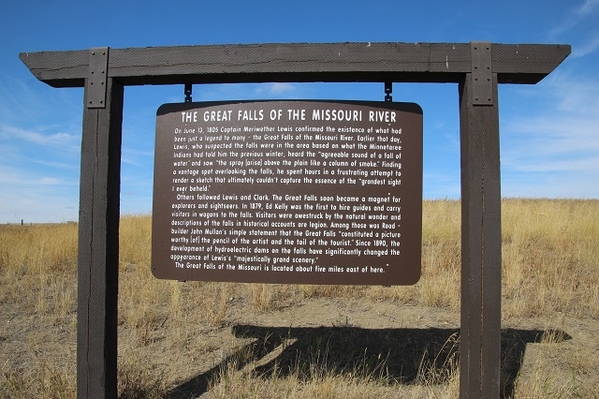
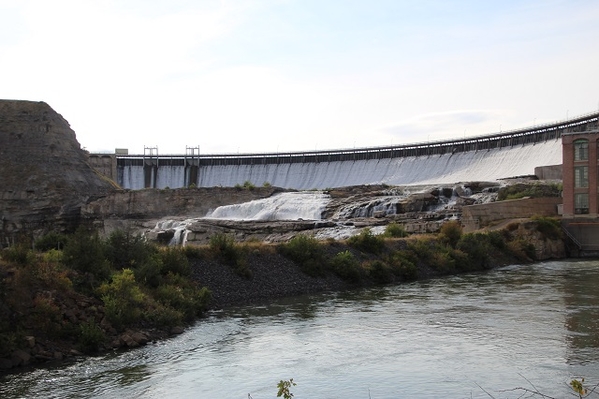
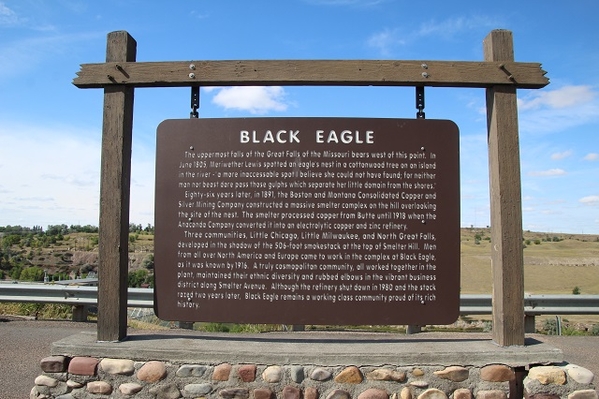
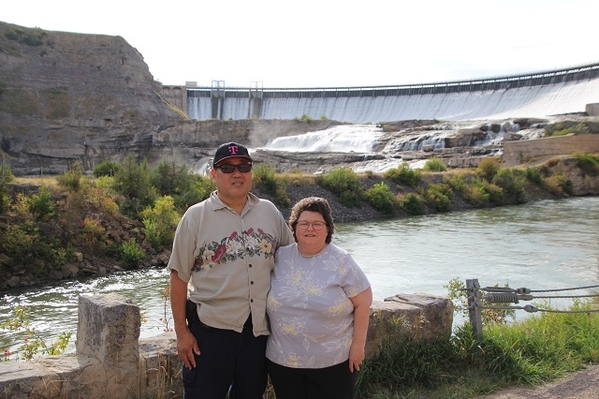
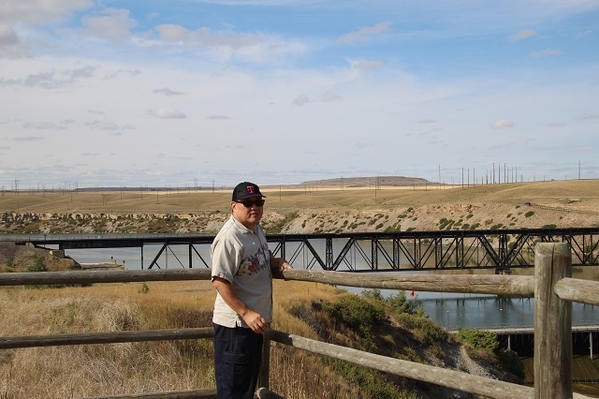
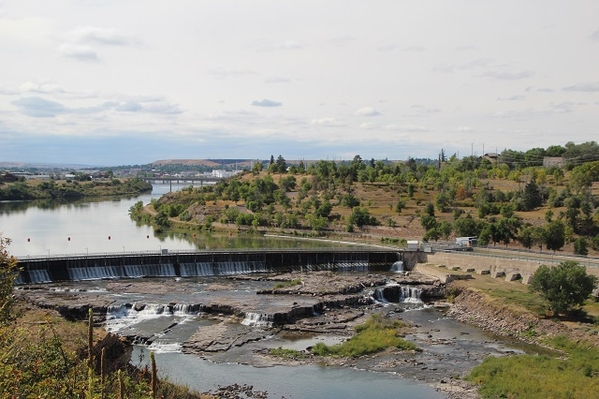
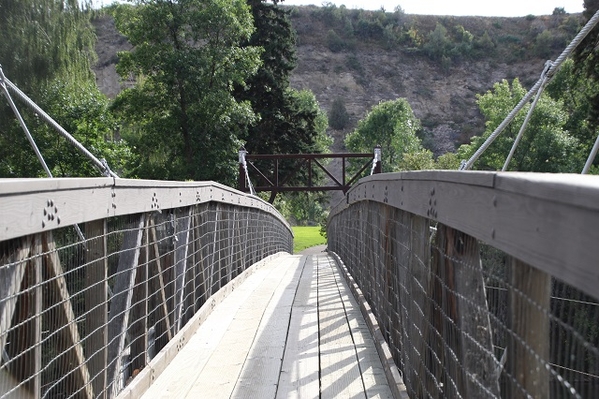
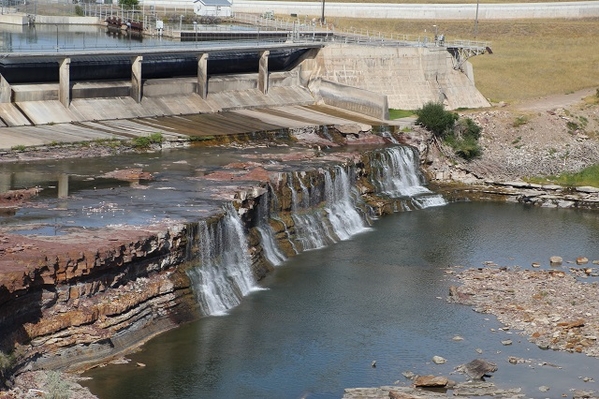
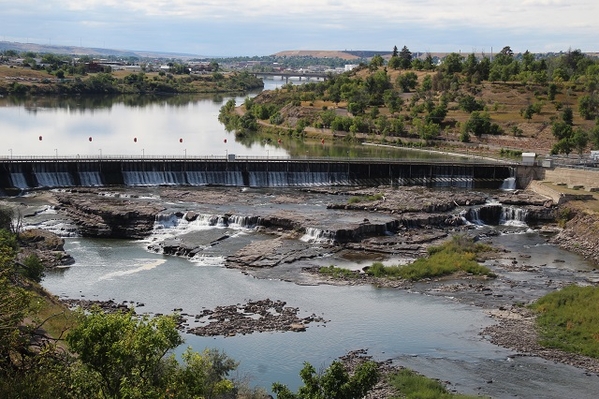
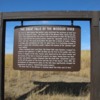
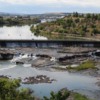
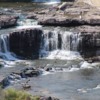
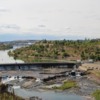
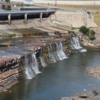
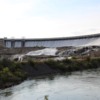
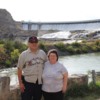
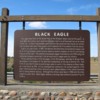
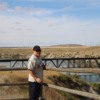
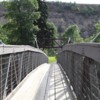
Comments (0)